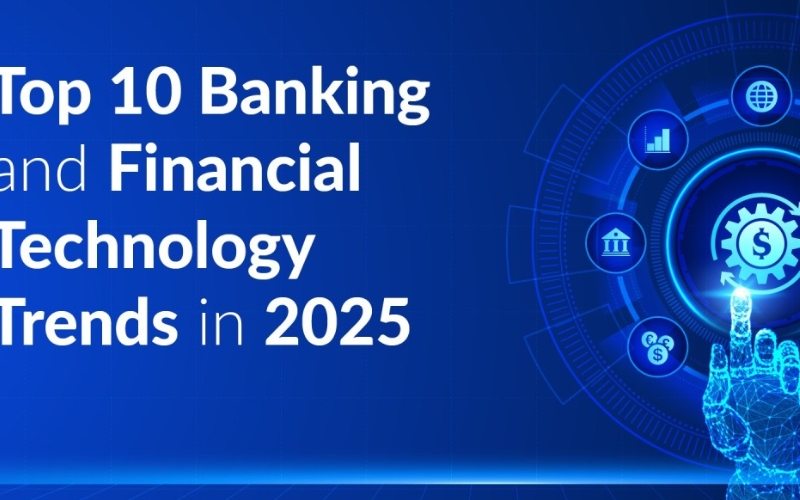The Role of Mobile Payments a cornerstone of the modern banking and financial landscape. Over the past decade, mobile payment technologies have evolved from a niche service to a mainstream tool, fundamentally transforming the way consumers interact with their money and how banks and financial institutions offer services. In 2025, mobile payments are poised to play an even more significant role in the evolution of banking, driving innovation, convenience, and financial inclusion worldwide.
In this article, we will examine the profound impact mobile payments are having on banking, explore the technologies behind them, and look at the future trends and challenges in this space.
1. The Rise of Mobile Payments
The Role of Mobile Payments the use of smartphones or other portable electronic devices to make financial transactions. The increasing prevalence of smartphones, coupled with the expansion of internet connectivity and the growing consumer appetite for convenience, has driven the growth of mobile payments. Here are some key milestones that have contributed to the rise of mobile payments:
- Smartphone Adoption: The widespread use of smartphones, with their advanced computing capabilities and internet connectivity, has made mobile payments a natural extension of traditional banking methods.
- NFC Technology and Contactless Payments: The integration of Near Field Communication (NFC) technology into smartphones has allowed for contactless payments, enabling users to pay for goods and services with a simple tap of their phone.
- Mobile Wallets and Digital Platforms: Services like Apple Pay, Google Pay, and Samsung Pay have revolutionized the payments industry, allowing users to store their credit card, debit card, and loyalty card information on their phones and make payments seamlessly.
- Peer-to-Peer (P2P) Payment Systems: Mobile payment platforms such as Venmo, Cash App, and Zelle have gained immense popularity for enabling instant money transfers between individuals, making payments more social and convenient.
2. Mobile Payments as a Catalyst for Banking Transformation
The advent of mobile payments has fundamentally altered the landscape of traditional banking. Here’s how mobile payments are driving change within the banking sector:
A. Improved Customer Experience
Mobile payments have become an essential part of customer experience in banking. Consumers today expect seamless, instantaneous, and secure payment options, and mobile payments meet these expectations by offering a high level of convenience.
- Convenience: With mobile payments, customers no longer need to carry physical wallets or search for their credit cards when making payments. Transactions can be completed in seconds with a few taps on their smartphones.
- Accessibility: Mobile payment systems have opened up banking services to a wider audience. Those in rural or underserved areas, for example, can now make financial transactions without needing a traditional bank branch or credit card infrastructure.
- Integration with Other Services: Many mobile payment systems are integrated with loyalty programs, discounts, and even bank accounts. This enables customers to access multiple banking features in one platform, streamlining their financial management.
B. Financial Inclusion
Mobile payments have been particularly influential in promoting financial inclusion, especially in developing regions where access to traditional banking services may be limited. Through mobile phones, millions of individuals who were previously unbanked can now access essential financial services.
- Microtransactions and Mobile Banking: People in regions with limited access to brick-and-mortar banks can use mobile payment systems to conduct microtransactions, such as sending money, paying bills, and buying groceries. This has significantly reduced the reliance on cash and expanded financial access to millions of people globally.
- Digital Wallets and Fintech: Digital wallets allow users to store funds and conduct transactions through their mobile devices without the need for a physical bank account. This has provided a path to financial services for those without access to traditional banking systems.
C. Cost Efficiency for Banks
Mobile payments offer significant cost savings for banks, as they reduce the need for expensive physical infrastructure, such as ATMs and branches. By moving transactions to mobile platforms, banks can streamline operations and improve profitability.
- Reduced Transaction Costs: Mobile payments significantly lower the cost of processing payments compared to traditional methods, such as using credit cards or checks.
- Increased Transaction Speed: Mobile payments enable real-time transactions, allowing for instant payments between parties. This speed benefits both banks and customers by eliminating delays inherent in traditional banking methods.
3. The Role of Mobile Payments in Digital Banking
The Role of Mobile Payments digitized, mobile payments are emerging as a central feature of digital banking services. Here are some of the ways that mobile payments are integrating with digital banking services:
A. Seamless Integration with Banking Apps
Banking apps are now incorporating mobile payment solutions directly into their platforms. This integration allows users to make payments, transfer funds, and manage their accounts all from a single interface.
- Fund Transfers: Customers can transfer money to friends, family, or businesses using their mobile banking app without needing to log into a separate payment platform.
- Bill Payments: Many banking apps now allow users to pay bills directly through the app, including utilities, credit cards, and even subscription services, creating an all-in-one financial management tool.
